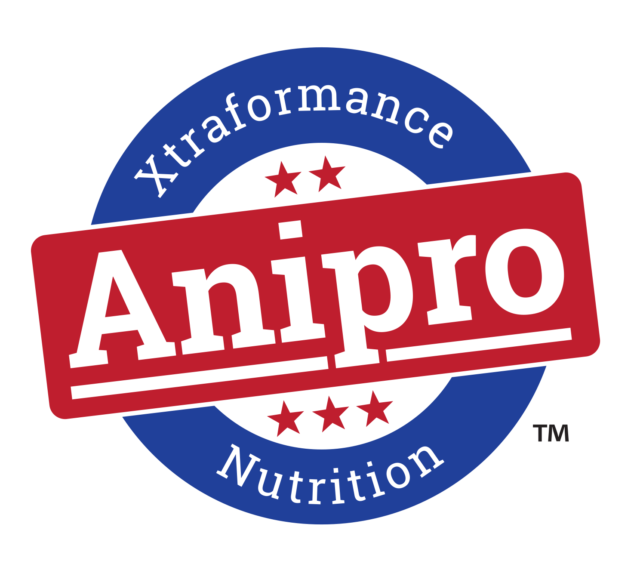I previously have written on winter pasture establishment (bit.ly/seeding-guides and bit.ly/establish-winter-pasture).
For this article, I would like to provide some in-season management tips.
Fertilizer and lime management
Fertilizer recommendations are made for nitrogen (N) to meet the crop’s yield goal and for phosphorus (P) and potassium (K) to meet sufficiency demands. Lime recommendations are made to address soil acidity. Soil analyses are necessary to identify P, K and lime needs. If these are limiting, production potential and response to N fertilizer will be reduced.
Additional information on soil sampling and the importance of P, K and lime can be found online (Soil Sampling is the Key to a Good Test, Does Lime Pay on Winter Paster? and Mind Your P's and K's).
Nitrogen rates are based on yield goals that are determined by potential seasonal productivity, stocking rates and corresponding forage demand. We can estimate total forage demand, forage demand per acre and N recommendation with the following formulas:
-
Cattle number × average cattle weight in pounds × 0.03 (percent intake) × total grazing days = total forage demand in pounds dry matter (total DM)
-
(Total DM ÷ 0.85 grazing efficiency) ÷ acres = forage demand in pounds dry matter per acre (DM per acre)
- (DM per acre – 1,000 pounds) ÷ 20 = recommended pounds actual N per acre
Winter pasture will generally produce between 1,000 and 2,000 pounds DM per acre without added N, which is why we subtract 1,000 pounds from the DM per acre. If field history has shown this to be a highly productive site without added N, this can be increased up to 2,000 pounds.
Divide the result by 20 because the N response is about 20 pounds additional DM produced per pound of actual N applied. If fall and winter forage production is the priority, apply most or all of the N fertilizer at or near planting.
If spring production is most important, apply about 30 percent of the N at or near planting and the remainder before the rapid growth phase in the spring.
Following are example calculations for an operation planning to turn out 160 500-pound steers on 160 acres of good wheat pasture for a 120-day fall grazing turn. They are anticipated to gain approximately 2 pounds per head per day and come off weighing 740 pounds.
Their average weight will be 620 pounds (500 pounds in + 740 pounds out) ÷ 2 = 620.
-
160 head x 620 pounds x 0.03 intake x 120 days = 357,120 pounds total DM demand
-
(357,120 total DM ÷ 0.85 grazing efficiency) ÷ 160 acres = 2,625 pounds DM per acre demand
- (2,625 pounds DM per acre – 1,000 pounds) ÷ 20 = 81 pounds actual N per acre recommended
Insect and mite pest management
A wide variety of insect and mite pests can cause damage to winter pasture. Caterpillars, particularly fall armyworms, are probably the most common and damaging pests.
Fall armyworms are a threat from wheat emergence until a killing freeze occurs. True armyworm and army cutworm outbreaks are less common but can occur throughout winter and into spring.
The aphid complex includes several species that can cause damage from emergence through grazeout. They cause yield reductions by feeding on plant juices, injecting toxins and vectoring diseases, such as barley yellow dwarf virus. The two most common aphid pests are greenbugs and bird cherry-oat aphids.
Mites also feed on plant juices and cause low vigor, leaf desiccation and necrosis. Two of the most common mite species are brown wheat mites, which are more prevalent during dry conditions, and winter grain mites, which thrive during cool and wet conditions.
Several other species, like grasshoppers, wireworms, Hessian fly, chinch bugs and white grubs may damage winter pastures. Careful field scouting is vital to determine the species and severity of pest outbreaks. If a pesticide treatment is necessary, refer to the label for the product rate for that pest and follow all grazing restriction requirements.
Grazing management
Initiate winter pasture grazing when it is approximately 6 inches tall and well rooted. While grazing, maintain at least a 3-inch stubble height unless it is at the end of spring grazeout.
Due to differences in seasonal production potential, the stocking rate for the fall-winter grazing turn will usually be about one-half of that of the spring grazing turn.
A very rough stocking rate rule of thumb for well-managed winter pasture is approximately 500 pounds of beef per acre during the fall-winter turn and 1,000 pounds per acre during the spring turn. Note that if it is dual-purpose and the pasture will be harvested for grain, the cattle need to be removed before first hollow stem, and there will be no spring grazing turn.
While weather conditions and other factors beyond our control can affect winter pasture, following these tips will go a long way toward ensuring productive and profitable winter pastures. ![]()
James Locke is a soils and crops consultant with The Samuel Roberts Noble Foundation.
—Excerpts from the Noble Foundation’s Agricultural Division Ag News and Views; Vol. 33, No. 12
PHOTO: Stocker calves on winter pasture. Photo provided of Noble Foundation.








